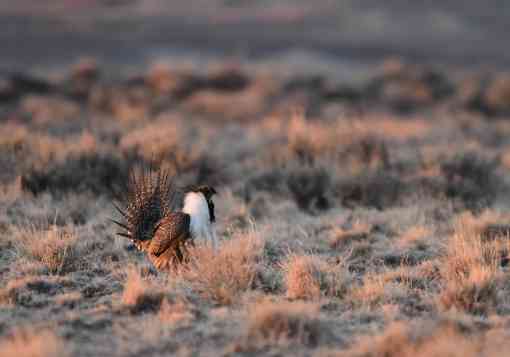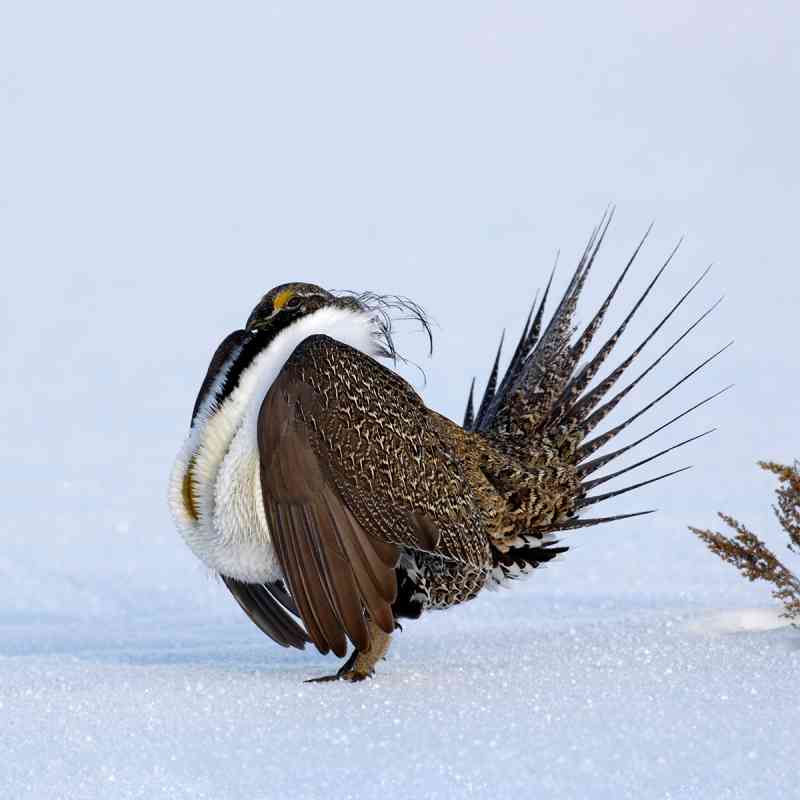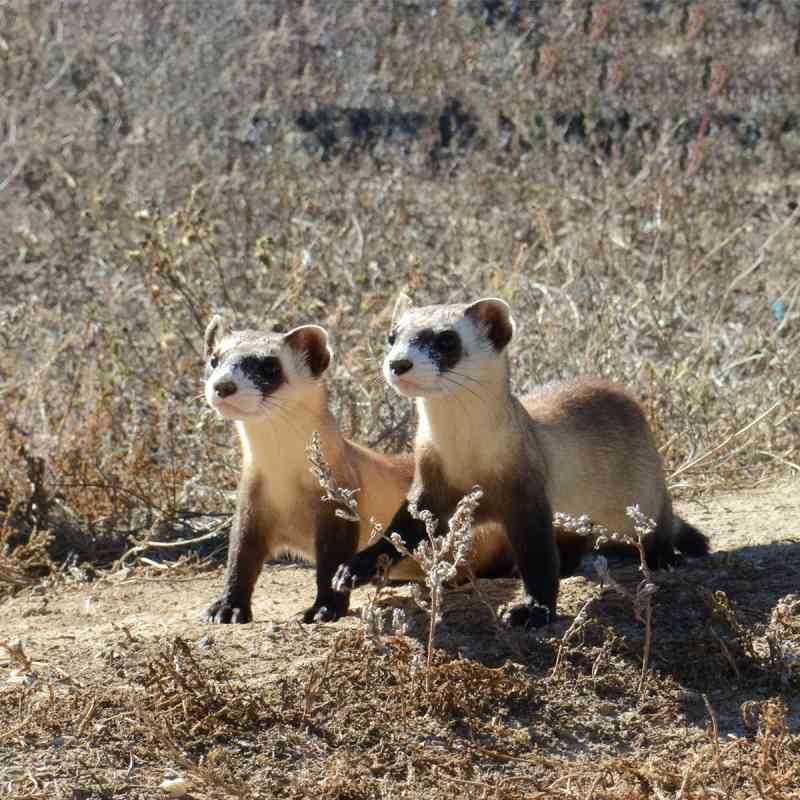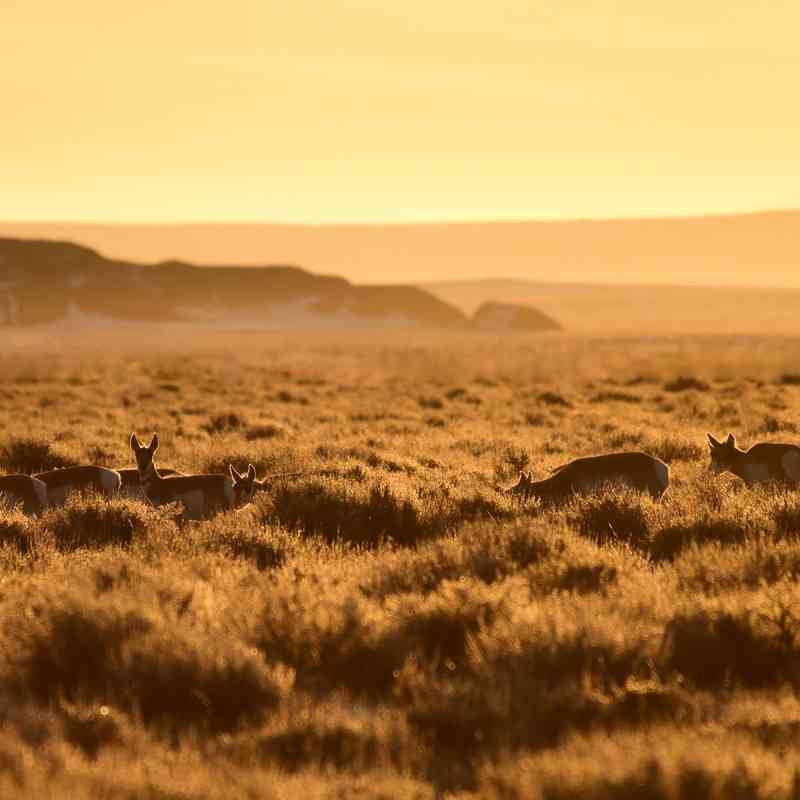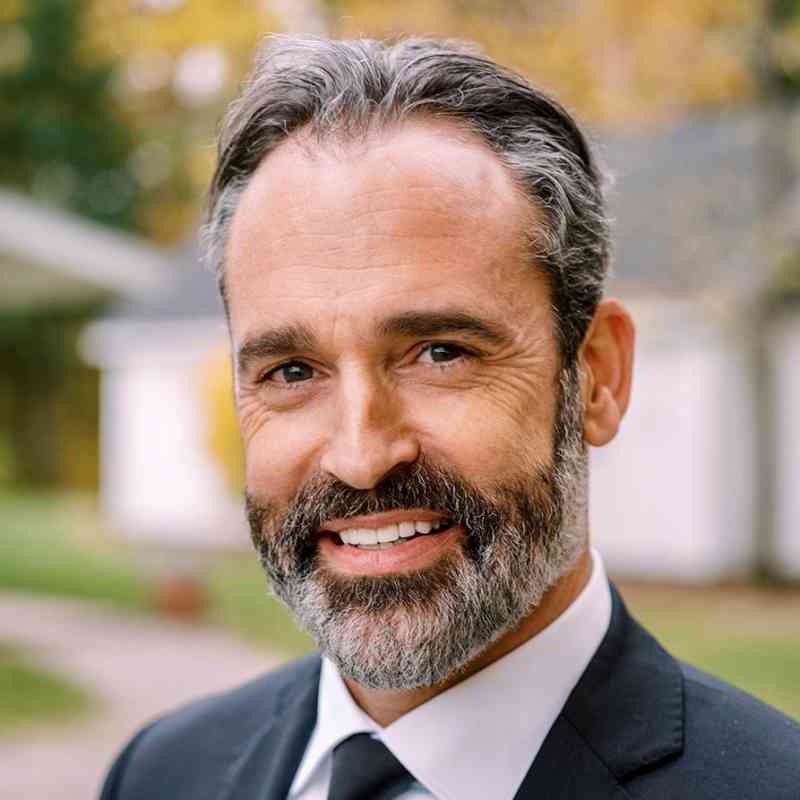Tweet"Given the escalating climate change and biodiversity loss crises the country is facing, we applaud the Bureau of Land Management for taking this much needed step forward. A number of issues, however, still must be addressed within the proposed rule to ensure long-term ecosystem health and wildlife conservation on public lands."
Defenders of Wildlife today submitted its comments to the Bureau of Land Management on its proposed Conservation and Landscape Health proposed rule, which appropriately attempts to place conservation on equal footing with other land uses.
“Given the escalating climate change and biodiversity loss crises the country is facing, we applaud the Bureau of Land Management for taking this much needed step forward. A number of issues, however, still must be addressed within the proposed rule to ensure long-term ecosystem health and wildlife conservation on public lands,” said Jamie Rappaport Clark, president and CEO with Defenders of Wildlife.
Scientists warn that if our public lands are to provide refuge for imperiled wildlife and necessary ecosystem services, we must be more attentive to the conservation needs of our lands and waters. BLM’s focus has historically been on resource extraction and livestock management, rather than on the health of ecosystems. The proposed rule is an overdue step forward to meet statutory obligations set forth nearly 50 years ago.
To stem significant biodiversity loss that is impacting the health of wildlife, people, and the planet, Defenders provided detailed comments with specific recommendations to strengthen the proposed rule, including:
- Addressing BLM’s statutory obligations to recover species listed under the Endangered Species Act;
- Strengthening language so that it is consistent with legal requirements to give priority to the inventory, designation and protection of Areas of Critical Environmental Concern;
- Assuring that restoration strategies, plans, decisions and actions are consistent with the best available science and planning practices;
- Strengthening management direction to ensure that intact landscapes are sustained and continue to contribute to ecological resilience and biodiversity conservation; and
- Requiring the use of source-identified native plant materials in restoration and management activities and five-year native plant material planning.
BACKGROUND
- BLM manages more than 245 million acres of public land located primarily in the west on behalf of the American people.
- BLM lands serve as vital habitat and migration corridors for wildlife.
- More than 300 threatened and endangered species and 2,400 sensitive (at-risk but not listed) species live on BLM lands.
- On April 3, 2023 BLM published a draft Conservation and Landscape Health rule in the Federal Register (88 Fed. Reg. 19,583) and invited public comment on the draft.
- On June 15, 2023 the House Committee on Natural Resources held a legislative hearing on H.R. 3397 that would require BLM to withdraw the proposed rule.
- The Government Accountability Office in 1990 reached the conclusion that fundamental change and reorientation of the Bureau would be necessary if BLM were to ever achieve balanced stewardship: “[Our work] has demonstrated that BLM has frequently not exercised balanced stewardship over the resources it is mandated to foster, protect, and preserve…Because of its historic focus on the needs of special interests rather than on the long-term health of the lands under its jurisdiction, BLM has allowed important natural resources to degrade, in some cases irreversibly. This pattern has led us to conclude that a fundamental change in the agency’s management approach and orientation is necessary if substantive progress is to be made.” GAO Report T-RCED-90-24 entitled Management of the Public Lands by the Bureau of Land Management and the U.S. Forest Service. Available at
;
For over 75 years, Defenders of Wildlife has remained dedicated to protecting all native animals and plants in their natural communities. With a nationwide network of nearly 2.1 million members and activists, Defenders of Wildlife is a leading advocate for innovative solutions to safeguard our wildlife for generations to come. To learn more, please visit https://defenders.org/newsroom or follow us on X @Defenders.
